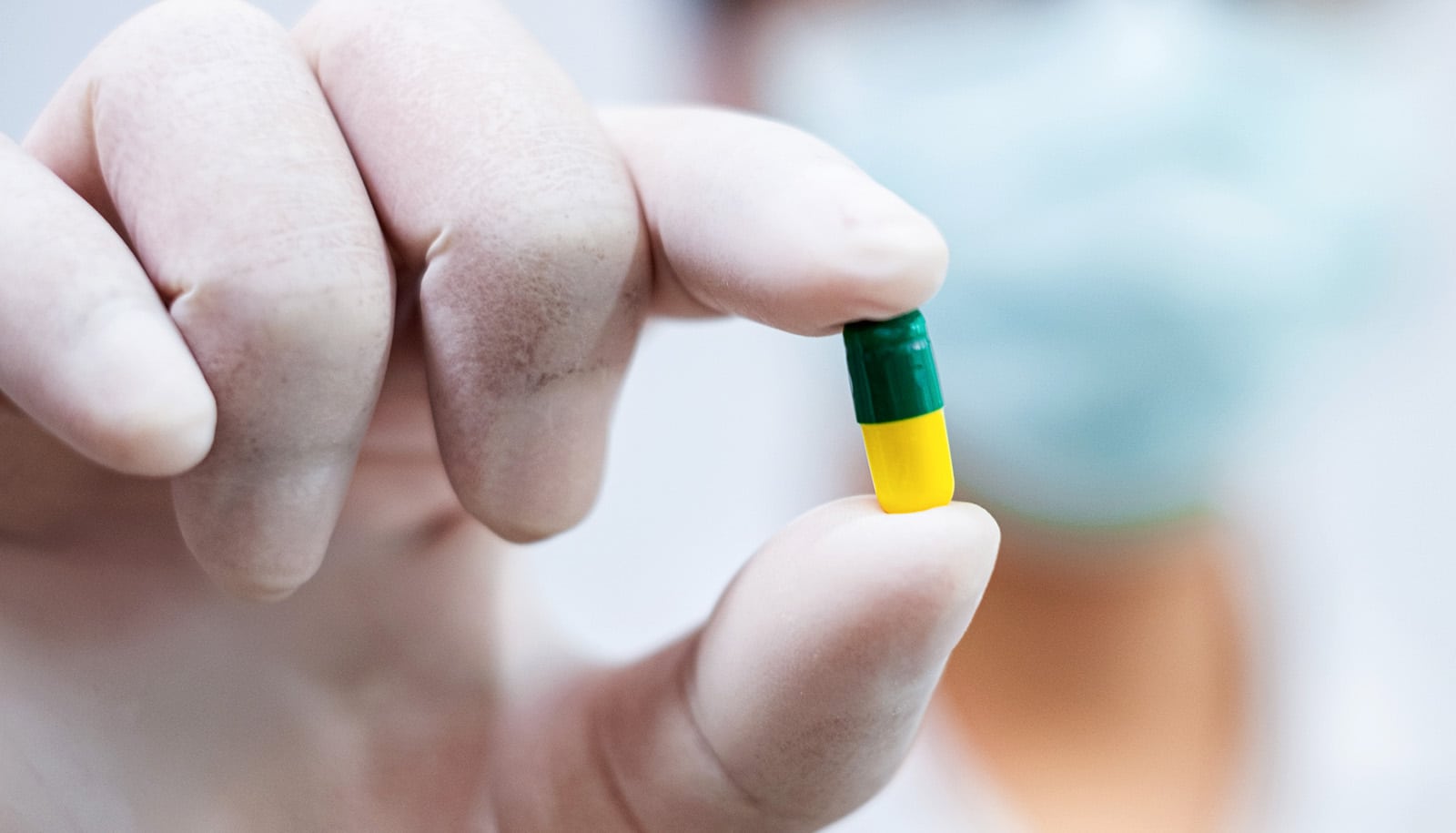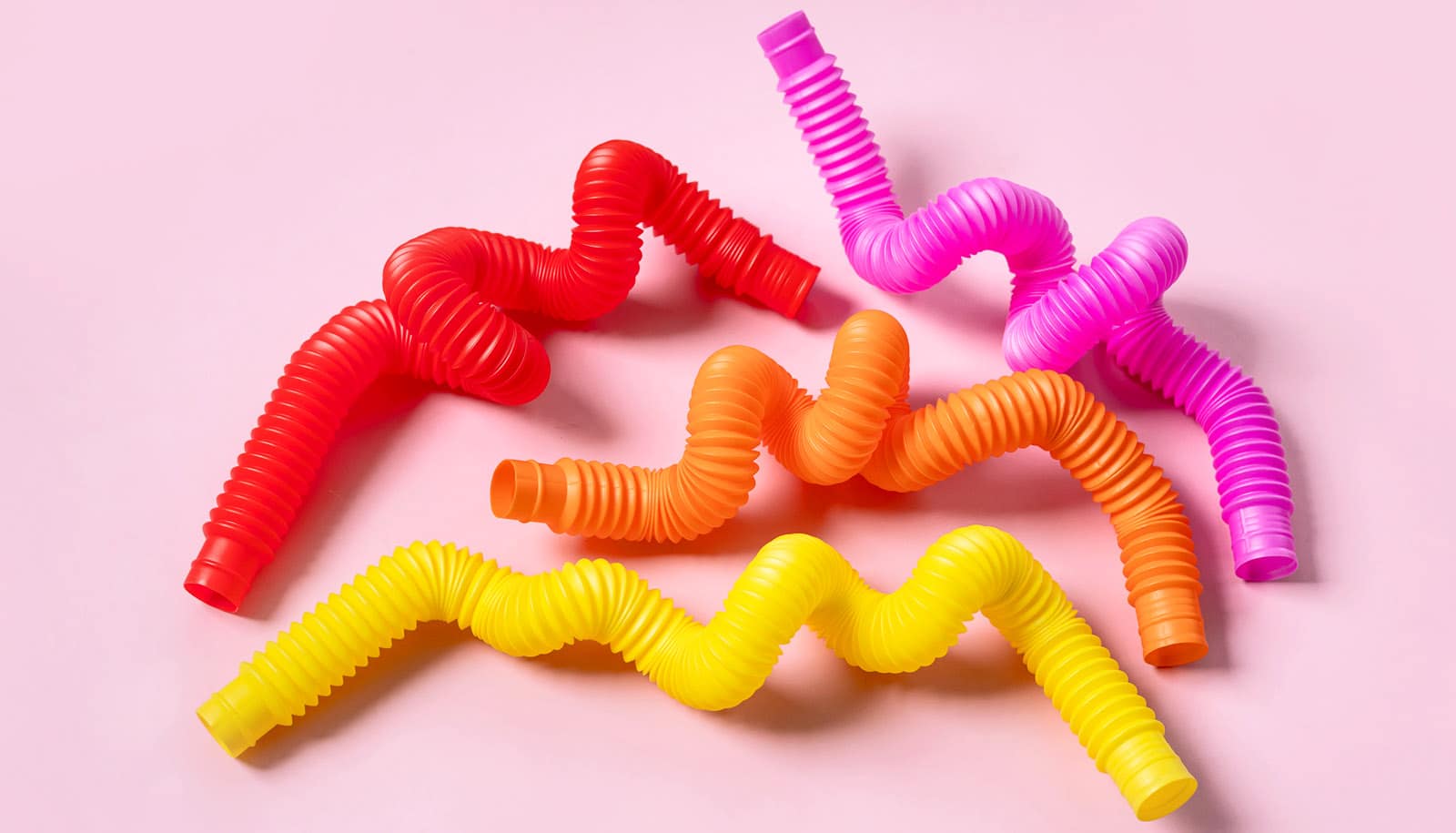A specially designed capsule can voyage through the digestive system, collecting new data about digestion and microorganisms.
Most of the process of digestion takes place in our small intestine, where enzymes break down food so it can be absorbed through the gut wall.
“CapScan gives us a fuller picture of the gut metabolome and its interactions with the gut microbiome for the first time.”
“The small intestine has so far only been accessible in sedated people who have fasted, and that’s not very helpful,” says professor Oliver Fiehn, director of the West Coast Metabolomics Center at the University of California, Davis. Metabolomics is the study of the metabolome, the small molecules involved in metabolism in cells, tissues, and organs.
As a result, most studies of gut metabolism and the gut microbiome are based on stool samples, but stool samples are really sampling the lower colon, not the small intestine.
“Measuring gut metabolites in stool is like studying an elephant by examining its tail,” says Dari Shalon of Envivo Bio, inventor of the CapScan device, and coauthor of two papers on the findings. “Most metabolites are made, transformed, and utilized higher up in the intestines and don’t even make it into the stool. CapScan gives us a fuller picture of the gut metabolome and its interactions with the gut microbiome for the first time.”
The capsule is swallowed and collects a small volume of biofluids and microorganisms on the way from the upper intestine to the colon until it is recovered in stool. By using a pH-sensitive coating on the capsule, the researchers could choose which area of the intestinal tract to sample.
“This capsule and reports are the first of their kind,” says Fiehn, a senior author of a Nature Metabolism paper and co-corresponding author of a Nature paper on the findings. “All other studies on human gut microbiota focused on stool as a surrogate for colon metabolism. However, of course, the fact is that 90% of human digestion happens in the upper intestine, not the colon.”
The researchers were able to look at the variation in upper intestinal contents during normal daily digestion in 15 healthy people.
They used a “multiomics” approach to analyze the samples for bacteria, viruses, host proteins, and metabolites from food. They found that the upper intestine and stool differed in all these areas, sometimes dramatically, and identified nearly 2,000 metabolites. The team also found associations between diet, including fruit and alcohol, and metabolites.
Two individuals who had taken antibiotics in the previous six months showed large variations in levels of bioactive fatty acid esters of hydroxy fatty acids, or FAFHAs, and sulfonolipids, metabolites that are thought to be associated with preventing inflammation and diabetes. A species of bacteria named Blautia was identified as most involved in fatty acid metabolism.
“Overall, this device can help elucidate the roles of the gut microbiome and metabolome in human physiology and disease,” Fiehn says.
Additional authors of the Nature Metabolism paper are from UC Davis, Stanford University School of Medicine, and Silicon Valley Neurogastroenterology and Motility Center. Additional authors of the Nature paper also include those from Max-Planck Institute of Biochemistry, Martinsried, Germany; Stanford University; Chan Zuckerberg Biohub, San Francisco; and Penn State.
The work had support in part from the National Science Foundation, the National Institutes of Health, and the Bill and Melinda Gates Foundation.
Source: UC Davis



